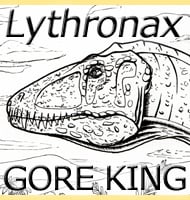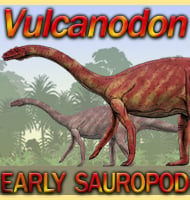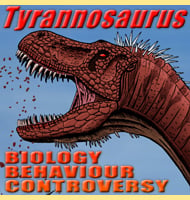Megaraptor
In Depth Megaraptor made headlines at the time of its discovery because of the large thirty centimetre long claw that at the time was thought to be the sickle shaped claw that belonged on the second toe of a dromaeosaurid dinosaur like Velociraptor, but much bigger. However the discovery of a complete forelimb revealed this … Read more



